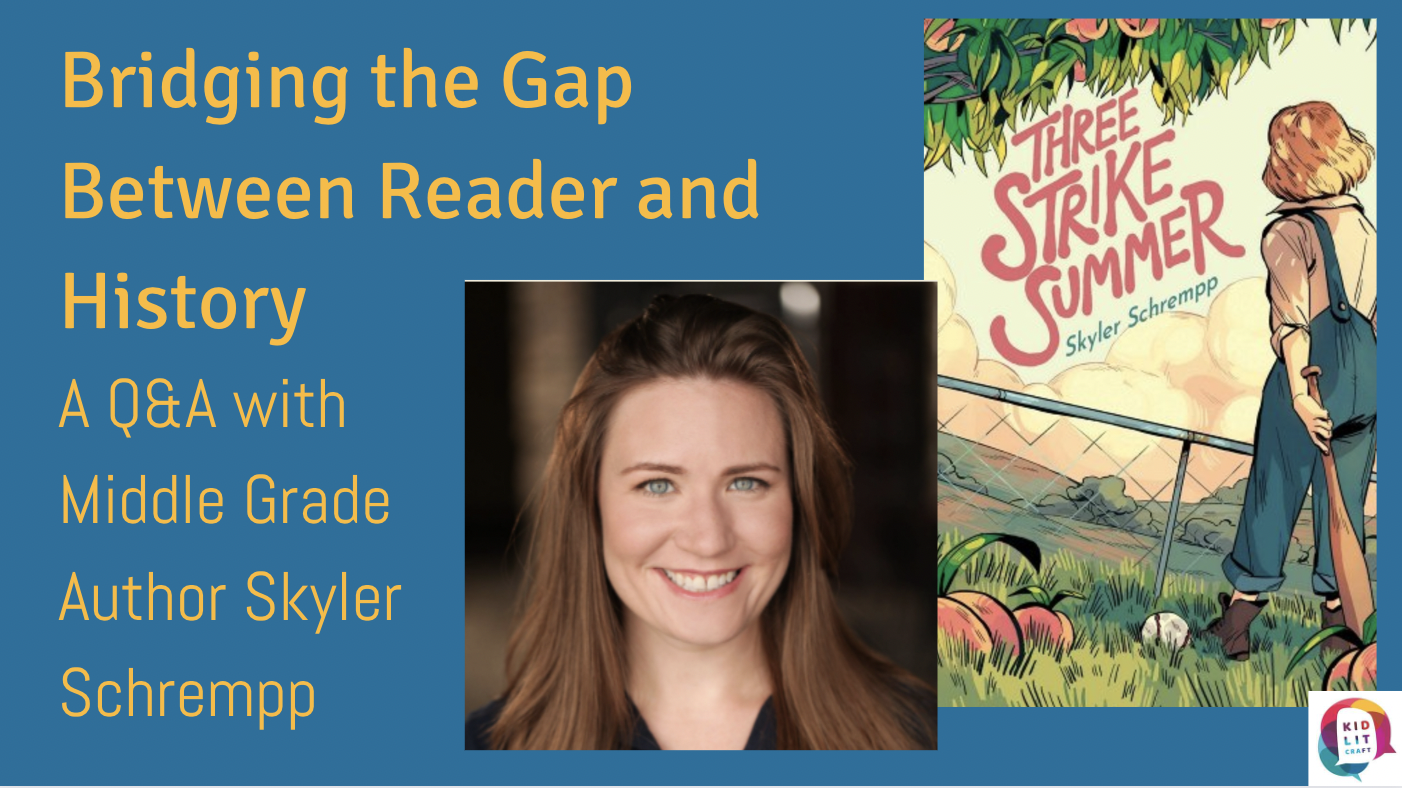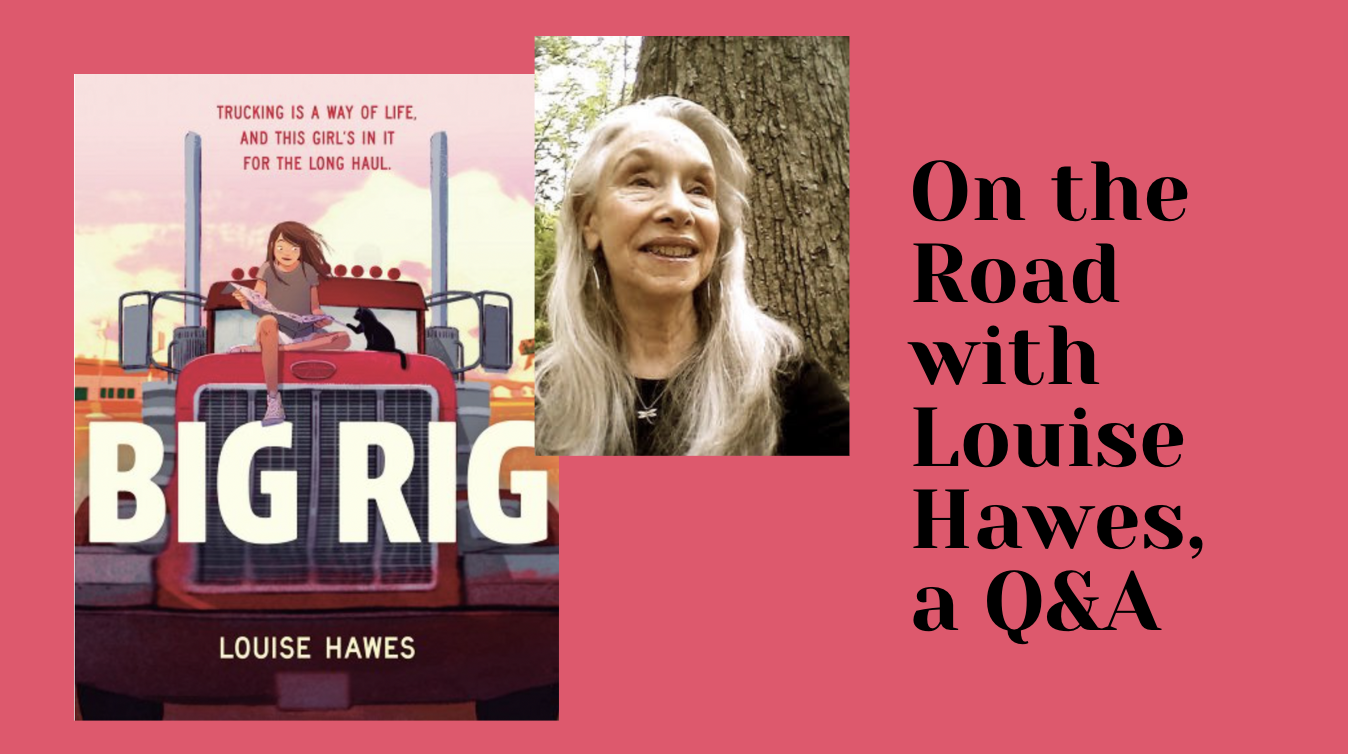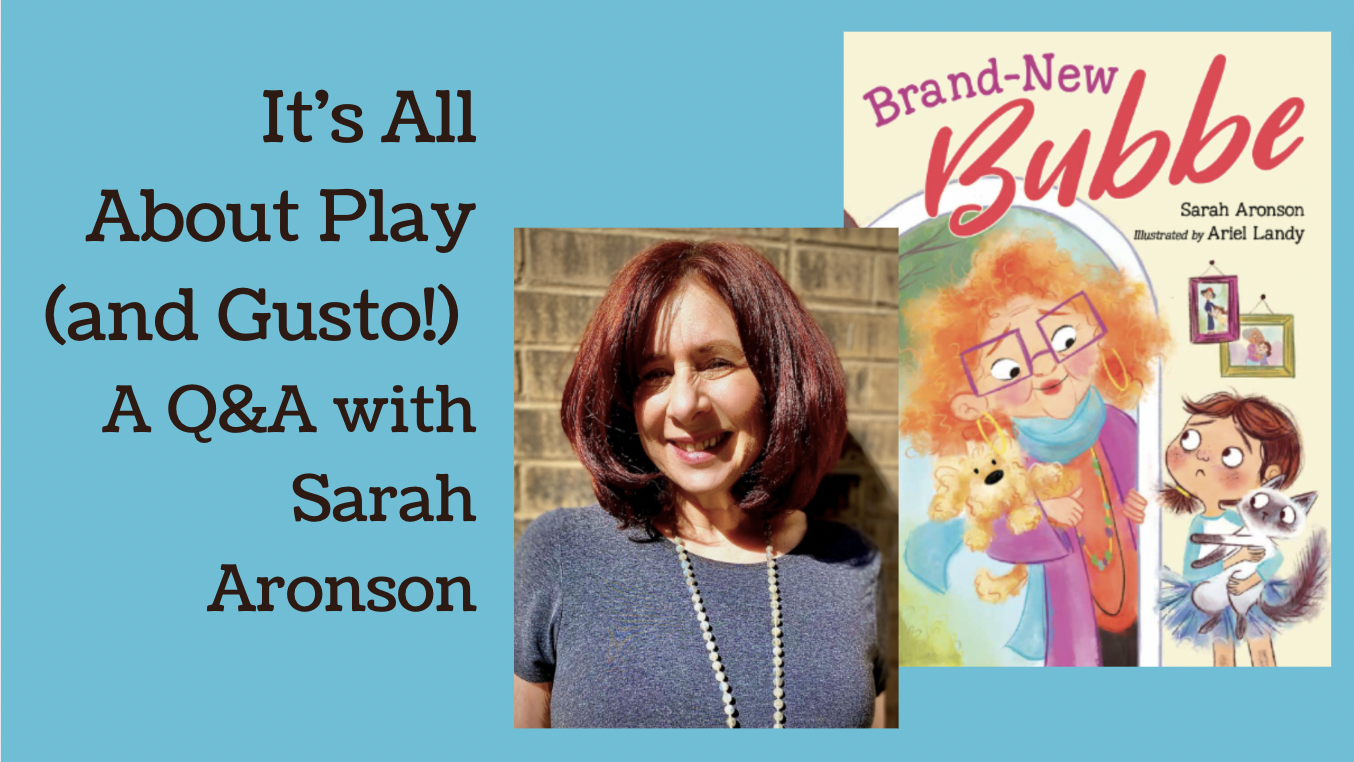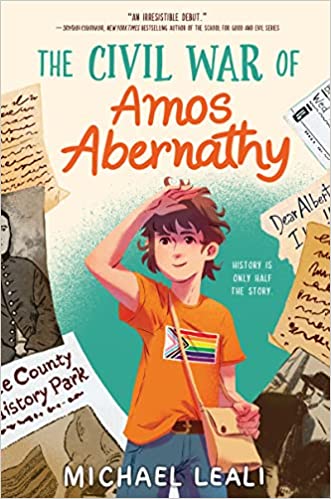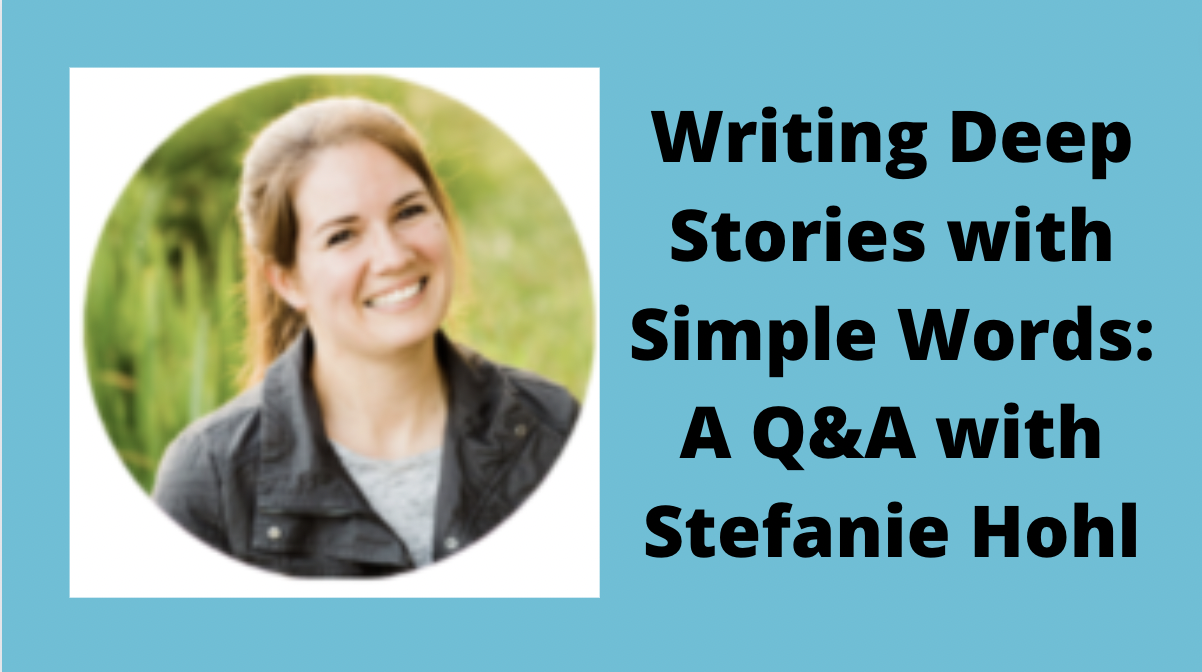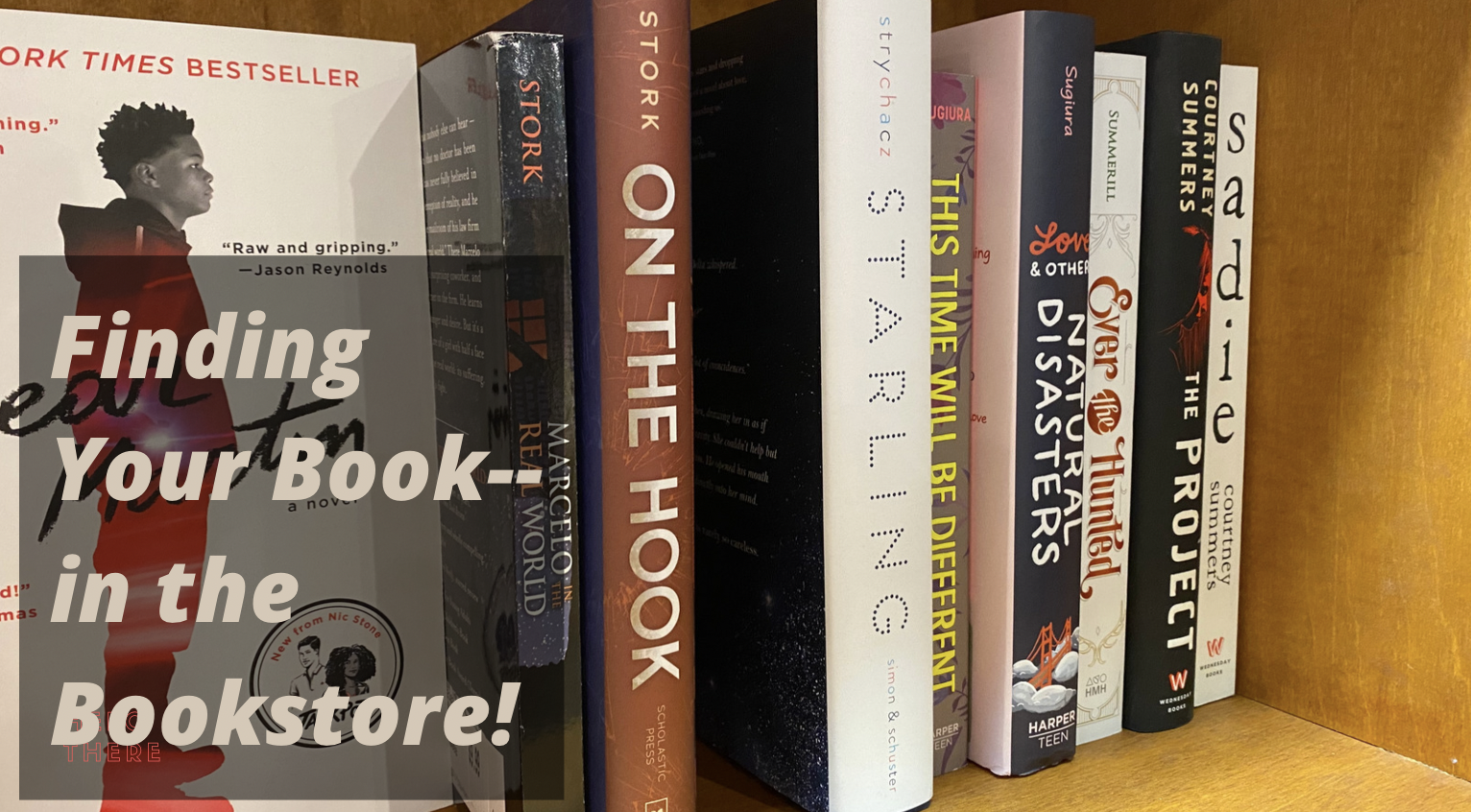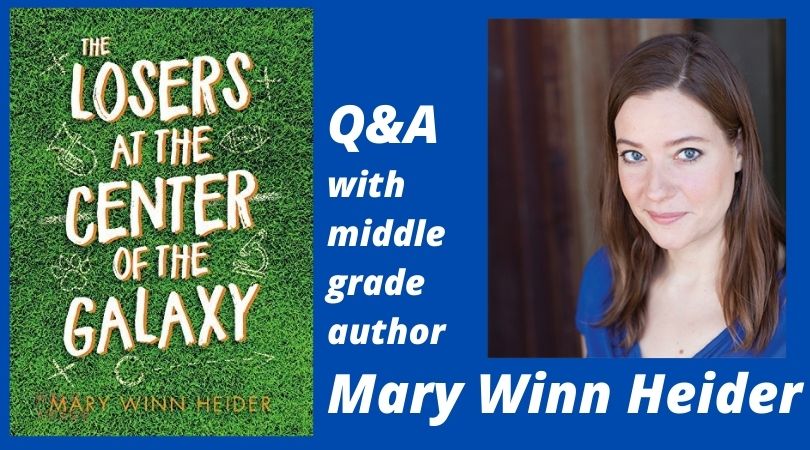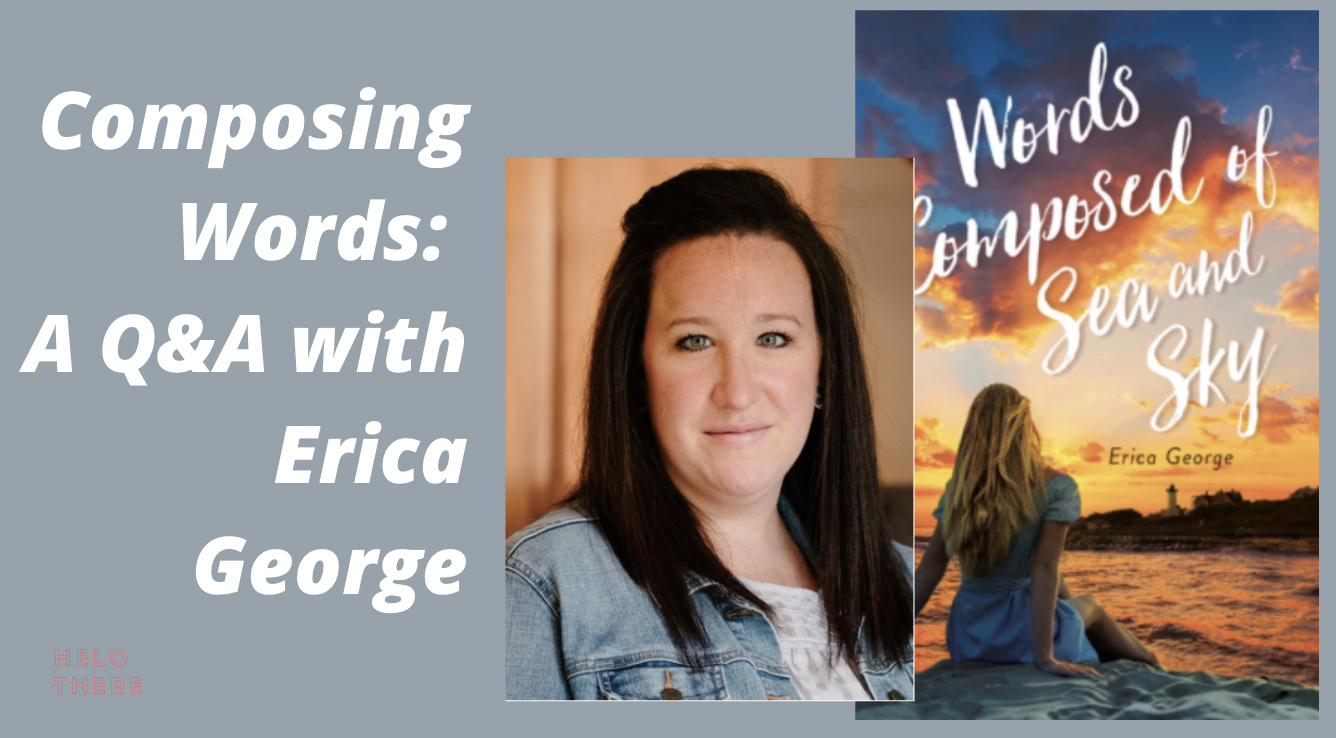hello!
JOIN US IN EXPLORING OTHERS' CRAFT AND BUILDING OUR OWN
I think in order to capture the essence of a person, an environment, or even an emotion, a creator must observe and try to learn all its nuances.
Skyler Schrempp: “I once read that George R. R. Martin talks about writers as “architects” or “gardeners”. Architects plan everything out before building and gardeners plant a bunch of things and see what grows well. I guess I see myself as more of a gardener than a panster! Pantser implies you’re really winging it, but I feel very intentional when I write…and it’s slow…like gardening.”
Louise Hawes: I often spend months (sometimes years) filling a notebook with my character’s responses and thoughts before I begin writing an actual draft. That notebook is all in long-hand, as you know, and I don’t stop to edit or erase anything. My characters’ letters are in the first person, and result from a fluid, bodily connection from my heart to my hand to the page. In contrast, my draft will be typed on a laptop, the far less spontaneous product of me thinking and feeling my way into a story that features the character whose voice has already filled my notebook.
Sarah Aronson: “No two projects emerge the same way, but I will commit to this: my process is aggressively playful. It’s my policy NEVER to say no to an idea until I’ve tried it out.”
Every manuscript seems to have its own distinct journey, but every story I write begins with an awful lot of daydreaming, staring into space, jotting a phrase or two onto a sticky note, and coming up with a working title.
“Studying craft is the best thing I have done for my writing. I like to write in many different genres, and each one informs the other. Reading and studying books and examining how other authors accomplish their craft has helped me tremendously.”- Stefanie Hohl
A lot of people want to be allies, or seen as friendly and open to the idea of friendship across races, cultures and social strata. This idea of “just talk to each other” may seem like it’s wildly oversimplified, but it turns out that if you want to know someone, it really is that simple. You may be nothing like a diehard gardener or wide-eyed tween, but if you’re willing to see a potential connection between the two of you, it will be there.
Knowing where my book would sit on a shelf and what books it would be friends with helped me think more clearly about my revision. When I’m faced with a choice, I can consider what would sit well in the spot I found for it.
“The biggest leap for me in my writing life happened when I got comfortable with failure. I wrote some disastrous things in grad school. But before that, my writing had gotten stagnant because I was too anxious about getting it right all the time. Allowing myself to fail gave me the freedom to take risks and make mistakes. Those mistakes, in turn, taught me how to write the way I want to write.”
“I love that when I have a question, I can reach out and pick the brilliant brains of other talented kidlit writers. I’m always amazed at how quickly plot or character problems can be solved when you get out of your own head. I also love how willing people are to share great examples of kidlit to use as mentor texts.”

